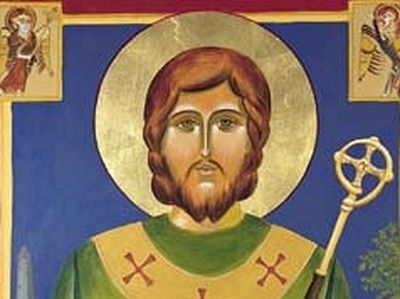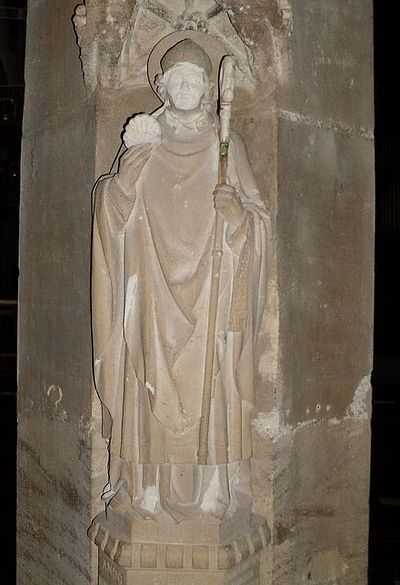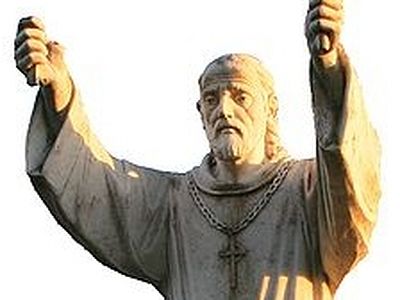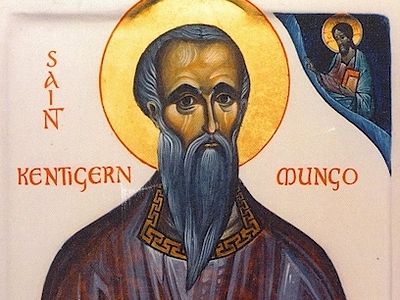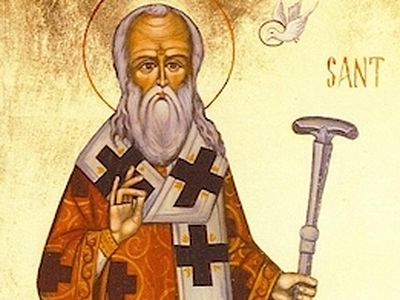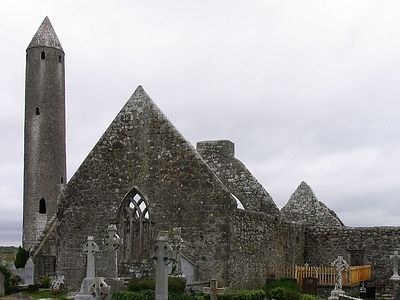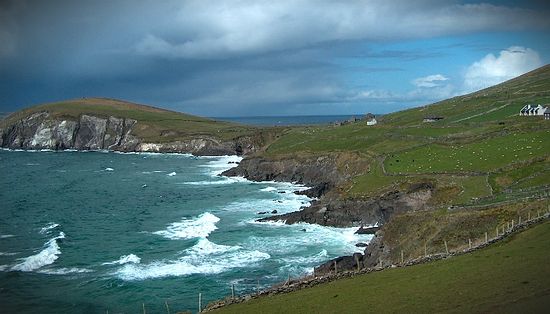
Apart from the self-sacrificial love of God, there is only revenge.
Considering the message of most Western literature and even Hollywood today, a lust for revenge might seem the dominant meta-narrative of our culture.
From the Iliad to Hamlet to the anti-heroine of True Grit, revenge satisfies a sinful passion that infects our souls apart from the Grace of God. It so consumes the message of The Count of Monte Cristo, that Dantes confesses: “How did I escape? With difficulty. How did I plan this moment? With pleasure.”
But what does the love of God the Father—as revealed to us in Jesus Christ—teach about revenge? About repaying evil for evil?
Jesus says when struck to “turn the other cheek” (Luke 6:29). In the brutal climax of his torture, he uses his dying breath to pray that the Father would forgive his captors (Luke 23:34). For those who hate us, and wish to do us harm, the Great Physician prescribes a healthy dose of kindness. And the apostle Paul writes to the Romans:
Beloved, never avenge yourselves, but leave it to the wrath of God; for it is written, “Vengeance is mine, I will repay, says the Lord.” No, “if your enemy is hungry, feed him; if he is thirsty, give him drink; for by so doing you will heap burning coals upon his head.” Do not be overcome by evil, but overcome evil with good. —Rom. 12:19–21
In the life of Saint Patrick—who the Orthodox Church honors as the ‘Enlightener’ and apostle to Ireland on March 17—we see the sort of self-sacrificial love that God both exemplifies and desires from his people.
Patrick was stolen away as a teenager, taken from his family and friends. Brought to Ireland by Irish marauders, he escaped after six long years. He was dragged to Ireland as a slave, but when he became a bishop, he returned to Ireland with the Gospel. And in this is true love—the antithesis of revenge and self-serving vengeance.
In his Confession, St. Patrick describes the time of his captivity in some detail.
When he was taken, he was nearly sixteen years old. Patrick was the son of a deacon, with a priest for a grandfather. In spite of this ancestry, he admits that he was far from pious and had turned away from God in his youth. In his own mind, the reason for his captivity was unbelief. Like Israel, he was being scattered among the nations for repentance. The Lord had dragged him into slavery in order that he might “turn with all my heart to the Lord my God, who regarded my low estate” (Confession 1.1).
When Patrick was brought to Ireland and sold into slavery, the land was teeming with paganism. The Irish worshipped the sun as a god, and made sacrifices to it. The ‘plain of slaughter’ was where first-born children were sacrificed to idols. Even wells became a place of worship, with divinity ascribed to them. It was a nation far from the Triune God.
Serving in Ireland as a shepherd, Patrick found many occasions to turn to God in prayer. From his writing, it seems clear that prayer was perhaps his only hope and comfort during this time. He confesses to saying as many as a hundred different prayers during the day, and just as many—if not more—during the evening. Rain or shine, he would withdraw to a quiet place in the mountains near Antrim to pray before first light. It was during a night of fervent prayer that he heard a voice telling him to go find a ship nearly two hundred miles away—prepared, as it were, for his escape back to Britain (ibid. 2.6).
His journey from Ireland back home was fraught with difficulty. At one point, both starvation and exhaustion for his party seemed all but certain. Patrick then turned to God in prayer and they were provided with an abundance of food—just enough, in fact, as they arrived with nothing remaining (ibid. 2.7–9).
Back in Britain after six years, he was received like the prodigal son. Safe at home, he was warmly embraced, his parents knowing that they had lost so many precious years with their child. But a few years after his return, he started seeing visions.
In one, he was told by “the voice of the people of Ireland” to “come and walk still among us.” In another vision, he heard it asked, “Who for thee laid down his life?” When it came time for his ordination to the episcopate, Patrick was thankful that he was preserved in the faith from the temptations of his youth, so that he could offer himself as a living sacrifice. He asked, “Who am I, O Lord, or what is my calling, that thou hast granted me so much of thy Divine presence?” (ibid. 3:14)
As already mentioned, Ireland was a land of pagan worship and child sacrifice. It was a place of depression and unspeakable horrors. It was a people that had taken Patrick away for six grueling years. And yet, it was deeply imbued in Patrick’s heart to return to this place with the Gospel message.
Now a bishop, in 432 Patrick returned of his own free will to Ireland. Of his efforts there, the Menaion records:
His arduous labors bore so much fruit that within seven years, three bishops were sent from Gaul to help him shepherd his flock, “my brethren and sons whom I have baptized in the Lord—so many thousands of people,” he says in his Confession. His apostolic work was not accomplished without much “weariness and painfulness,” long journeys through difficult country, and many perils; he says his very life was in danger twelve times.
After thirty years of service, the Christian faith was established in every part of Ireland. Pagan worship had been driven far away, and love for the true and Triune God was common among all. Patrick writes:
Behold, how the Irish who never had the knowledge of God, and hitherto worshipped only idols and unclean things, have lately become the people of the Lord, and are called the sons of God. —Confession 4.17
St. Patrick reposed peacefully in 461, having given his remaining earthly years as a sacrifice for the people who had once sold him into captivity.
If literature and film that extols revenge is typical of our culture, most of us would have spent those six years plotting our own acts of vengeance against the Irish. But St. Patrick shows us a better way—He shows us the way of Christ.
Revenge is empty. It only destroys our soul and consumes our mind with empty thoughts. But the way of love and self-sacrifice is a way that leads to fullness; a way that leads to transformation into the true image and likeness of God.
